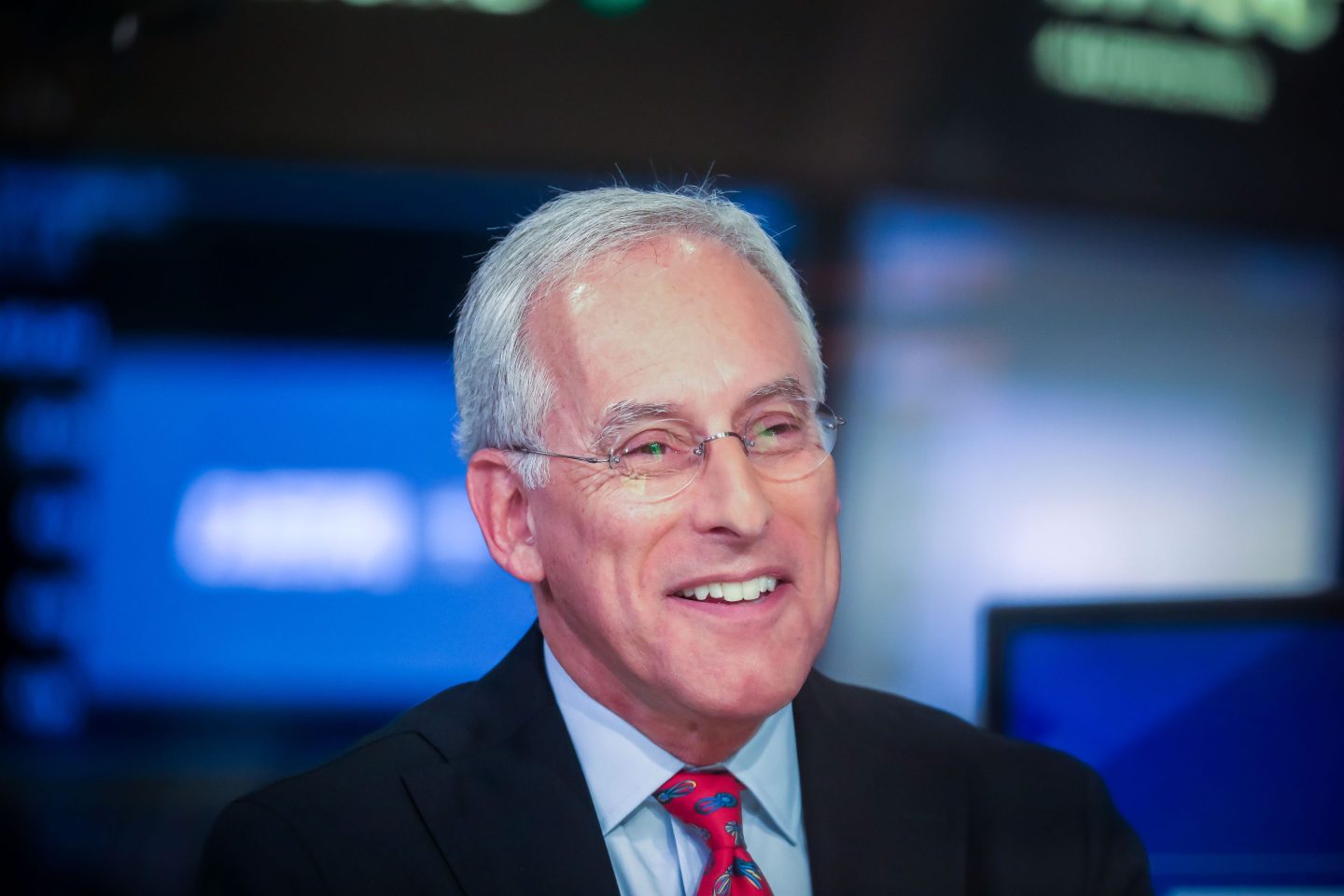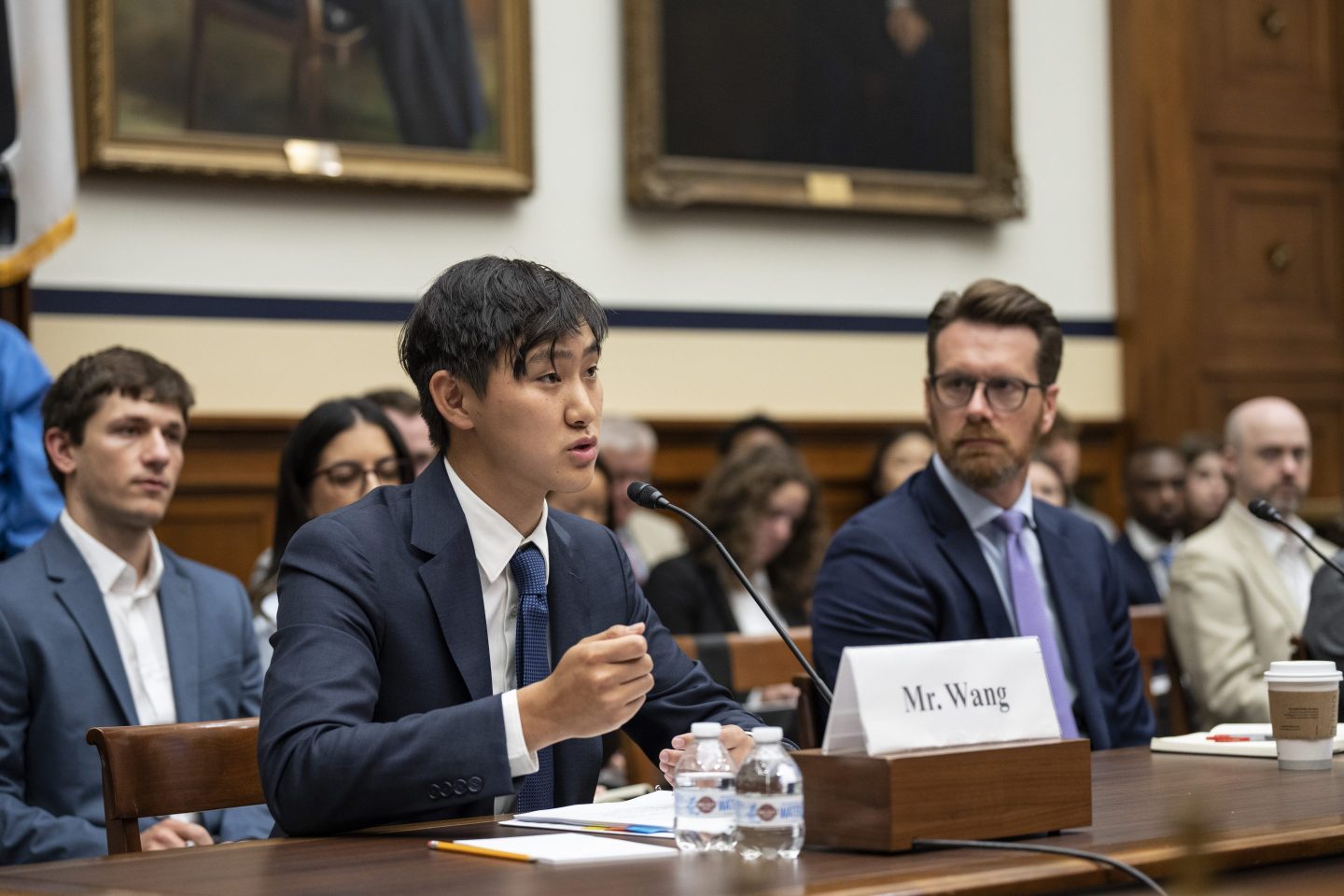On Oct. 15, two Wall Street titans offered radically different visions of the private credit market. JPMorgan Chase CEO Jamie Dimon warned investors that recent bankruptcies in private credit could be just the beginning: “When you see one cockroach, there are probably more.” Hours later, BlackRock CEO Larry Fink struck a defiant tone on his firm’s earnings call: “I’ve never been more excited about the future of BlackRock,” he said. BlackRock has bet $12 billion on private credit through its acquisition of HPS Investment Partners.
So who is right?
Investors have been so worried about the stability of private credit recently that their frantic selling drove up the VIX “fear” index by 35% over the past month. They are spooked by the collapse in September of Tricolor Holdings, a subprime auto lender and dealer, revealing allegations of fraud in which the company allegedly pledged the same collateral to multiple banks. Private credit was dealt another blow late last month when First Brands, an auto parts supplier, collapsed into bankruptcy, owing $10 billion, triggering federal investigations into $2.3 billion in missing funds. Then on Oct. 16, regional banks Zions Bancorporation disclosed fraud-related losses and Western Alliance flagged nearly nearly $100 million in alleged fraud, catalyzing a market rout that erased $100 billion in market cap from U.S. bank stocks and pushed market volatility to four-month highs.
Major institutions tallied their damage: JPMorgan took $170 million in Tricolor losses; UBS disclosed over $500 million in First Brands exposure; and Jefferies revealed $715 million in questionable receivables. The private credit market—which has grown from $200 billion to $3 trillion globally in 15 years—suddenly looked vulnerable.
But credit analysts and executives who spoke to Fortune have mixed views on Wall Street’s panic. Several argue that the failures aren’t private credit problems at all. According to them, these instances are traditional bank lending blowups, and the mislabeling reveals more about competitive tensions between old-guard banks and private credit disrupters than genuine systemic risk. The question, however, is whether these analysts are right, or whether they’re dangerously downplaying cracks in a $3 trillion market that is systemically important to global finance.
The definition problem
“First Brands, if it was rated by us, would not have been considered in any way, shape, or form a private credit transaction,” said Bill Cox, chief rating officer at Kroll Bond Rating Agency (KBRA), which tracks thousands of private credit loans. “Its main debt was full-on public, broadly syndicated loans.”
This distinction matters. The broadly syndicated loan (BSL) market—dominated by large commercial banks—operates differently from the direct lending market that defines private credit. BSL loans are originated by banks, syndicated to multiple investors, and traded in public markets with daily pricing. Private credit loans, by contrast, are bilateral transactions between a lender and borrower, held to maturity in a “buy and hold” strategy with no secondary market trading.
First Brands’ bankruptcy involved primarily BSL debt and receivables “factoring,” a form of lending where banks purchase a company’s accounts receivable at a discount in hopes of profiting later when clients pay their bills in full. Neither activity represents the core direct lending business that firms like Ares, Apollo, and Blackstone have built.
“None of them do factoring,” Cox said of the dozens of private credit platforms his firm rates. “We looked at the entire universe of our CLOs, BDCs, and other facilities for exposure to First Brands. The exposure was de minimis,” he said, referring to collateralized loan obligations (bundles of loans sold to other investors) and business development companies (which are set up as investment bets on struggling or distressed companies).
Brian Garfield, who heads U.S. portfolio valuation at investment banking firm Lincoln International, which performs over 6,500 quarterly valuations of private companies, echoed this view: “First Brands [largely had BSL facilities, and] that’s not the direct lending market. I think it’s important that we understand that alone in itself is really important, because there’s this whole combination of things that everyone is just putting … in one basket,” he told Fortune.
The real state of private credit
This isn’t to say private credit faces no challenges. Lincoln International’s proprietary data tracking the direct lending market shows covenant defaults—technical breaches of loan terms rather than payment failures—have risen from 2.2% in 2024 to 3.5% currently. Payment-in-kind (PIK) usage, where struggling borrowers defer cash interest payments, increased from 6.5% of deals in Q4 2021 to 11% today, with “bad PIKs” (repriced mid-deal) rising from 33% to over 50% of that total.
“Are there cracks? Yes,” Garfield acknowledged. “But on average, are we seeing strong fundamental Ebitda growth? Yes.” His data shows last-12-months year-over-year Ebitda growth of 6% to 7%—the highest level since Q1 2021.
KBRA’s analysis of 2,400 middle-market companies representing roughly $1 trillion in debt tells a similar story. Cox’s team projects defaults could peak at 5%, which he admitted is “a lot more than this industry has seen,” but he said was “relatively” low for public market comparables, the measure through which private company valuations can be derived by comparing the businesses to other similar companies that are already publicly traded on the stock market.
Why the panic?
Given the fundamentals aren’t catastrophic, analysts point to several factors beyond credit quality to explain investor anxiety, namely less stringent guardrails and documentation processes.
“If something grows like a weed, maybe it is one,” Timur Braziler, who covers regional banks at Wells Fargo, told Fortune. “The availability of credit over the last five years, when you have more than one source competing for that same loan, maybe the underwriting isn’t as stringent.”
Andrew Milgram, managing partner and chief investment officer of Marblegate Asset Management, an alternative investment firm focused on middle-market distressed and special situation investments, offered a more pointed critique: The competitive dynamics of unregulated lending inevitably lead to deteriorating standards. “When loans were done by banks, they were subject to oversight,” he explained. “As those loans moved out of the banking system into an unregulated environment, they began competing for business by loosening documentation, loosening underwriting standards.”
Private credit loans are typically given out by nonbank lenders such as alternative asset managers, private equity firms, and pension funds.
Without the guardrails and protections provided by traditional banks, who are beholden to regulators and the federal government, disaster can ensue, according to Milgram, who has long been skeptical of the private credit market.
“Lending has been regulated in societies for all time. In fact, the Code of Hammurabi contemplated regulating lenders because every society, everywhere for all time has recognized that durable, responsible lending is central to the proper functioning of the economy,” he added.
Cox sees a different dynamic at work: Competitive tensions between traditional banks and private credit upstarts have led to, in his opinion, a rise in misconstruing the overall risk of private credit and direct lending. “If your neighbor is saying it’s your dog that’s relieving itself on the lawn, and you know it’s not your dog, it’s pretty frustrating,” he says, noting that both Tricolor and First Brands were primarily bank lending failures, not private credit issues.
He admits, however, that there are corners of the private credit market that are more exposed and involved in “riskier parts of credit,” where lenders provide loans at high risk in hopes of high returns.
Private credit has a reputation for being directed at smaller, middle-market companies that are highly leveraged and potentially unable to secure traditional bank financing. While these firms may offer higher yields to offset the risk, they are more vulnerable to financial shocks.
What comes next
The debate over private credit’s risks won’t end with these bankruptcies. Braziler expects more fraud cases to emerge: “Just the abundance of credit, it makes sense that you’re going to have more of these bad characters.” However, he doesn’t see systemic risk to the banking sector.
Tim Hynes, global head of credit research at Debtwire, expects continued stress but not catastrophe: “The weakest companies are starting to get hit as a result of the tariffs and economic slowdown. You’re going to see an increase in bankruptcies, but there isn’t systemic risk.”
The real test may be transparency. Unlike BSL loans with daily market pricing, private credit valuations are less transparent, being updated quarterly using subjective methodologies. “It is really opaque,” Braziler notes. “It’s really hard to get a good understanding of who the end borrower is.”
As BlackRock doubles down with its $12 billion HPS acquisition and Dimon warns of “cockroaches,” the private credit industry faces a credibility test. The question isn’t whether some loans will default—they will. It’s whether the industry’s risk management, documentation standards, and valuation practices can pass a financial stress test.
“Anyone who has any amount of meaningful exposure to corporate credit markets, and in particular the leverage loan corporate credit markets, should be reexamining their portfolio in excruciating detail at this moment and really thinking hard about the quality of the underwriting that has gone into making those loans and the veracity of the reporting that supports their understanding of the performance of the business,” Milgram said.
For now, the analysts who track private credit most closely see warning signs, not apocalypse. But in a market where definitional confusion obscures risk and competitive tensions drive narratives, distinguishing signal from noise is increasingly critical and difficult.













